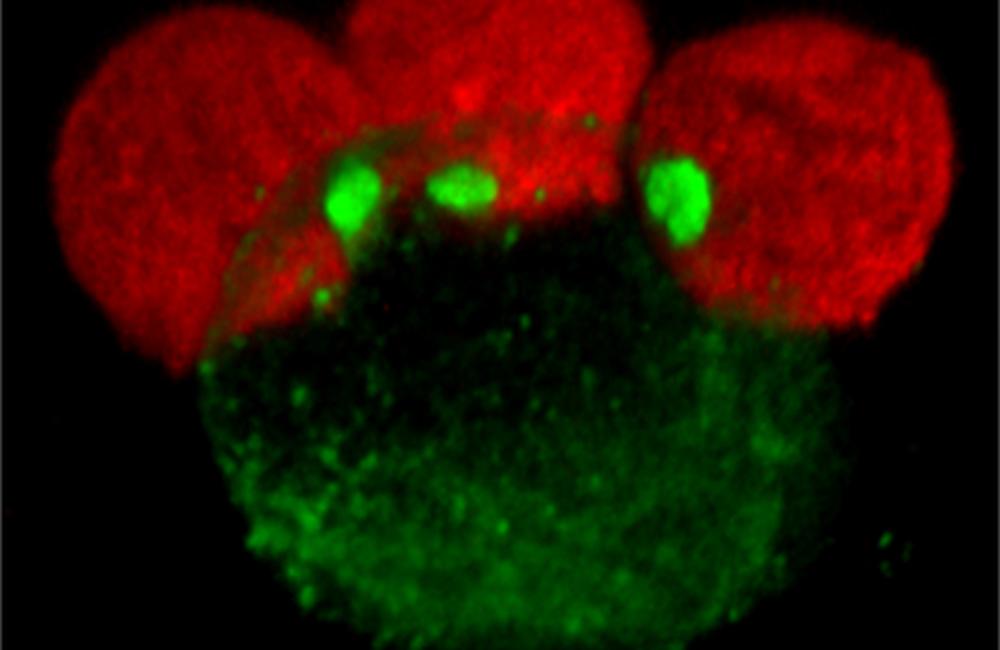
The presence of very low levels of HIV in the blood despite treatment with highly potent antiretroviral regimens could be explained by cell-to-cell spread of the virus that overwhelms drug concentrations within cells, according to new research from the laboratory of US Nobel prize winner David Baltimore.
The study, published today in the journal Nature, is an attempt to explain why, despite reducing HIV replication to very low levels, highly potent regimens that target several different steps in the HIV life cycle cannot shut down HIV replication altogether.
The findings imply that the development of drug delivery methods that can raise drug concentrations within cells vulnerable to HIV infection could stop this process – and gradually shrink the reservoir of HIV-infected cells that maintain infection within the body. This would aid efforts to cure HIV infection, although it is unlikely to cure HIV infection alone.
Researchers at the California Institute of Technology compared the effects of the drugs in one of the most potent antiretroviral combinations (tenofovir, emtricitabine and efavirenz) on suppressing HIV spread in cell cultures.
They found that cell-free infection – where cells become infected by virions that have been released from other cells – was efficiently prevented by tenofovir and efavirenz. In the presence of tenofovir cell-free infection declined thirty-fold.
However, infections that occurred by the transfer of virus through direct contact between cells were much less affected by the presence of drug. At the highest drug concentrations, the transmission rate due to cell-to-cell infection was six times higher than the rate of cell-free infection.
"We saw that with cell-to-cell infection, you wind up with a lot more virus infecting a single cell," explained Alex Sigal, a postdoctoral scholar in Baltimore's laboratory and lead author of the study. "When this happens, the chance of at least a single virus getting past the drugs is much larger."
In fact, they found that whereas cell-free infection might transmit one virus, in the presence of tenofovir or efavirenz respectively, an average of 75 and 175 viruses were being transferred from one cell to another when direct transfer took place.
"And you only need one virus to infect a cell and keep the cycle going, forming a reservoir of infection," said Sigal.
Furthermore, once infection became established as a result of cell-to-cell transfer, the number of infected cells in the test tube kept growing despite tenofovir concentrations similar to those achieved by normal dosing. It was only when tenofovir concentrations were at their peak that the number of infected cells began to decline slightly with each cycle of virus replication.
This finding implies that getting more drug into cells, and keeping it there, would limit replication as a result of cell-to-cell spread, but it’s unclear at this stage whether higher drug levels would stop it in the first place.
Determining the location of viral reservoirs in the body, as well as mechanisms that maintain it, are important parts of the search for an HIV cure. Eliminating the reservoir, or at least finding ways of keeping it from spurring new rounds of HIV replication, will be essential because, at the moment, the reservoir of infected cells is enough to cause a huge rebound in viral load within weeks of stopping antiretroviral treatment.
"It's important to determine whether or not cell-to-cell replication is causing a reservoir, particularly in terms of finding a cure," said Sigal. "You can't treat it the same way as you would a latent reservoir."
Strategies to `wake up` virus in resting cells so that it could be cleared by antiretroviral drugs would not address cell-to-cell spread of the virus.
"For us, the next step is to look at the process on a more physiological level by looking at how HIV infects in organs such as lymph nodes where cell-to-cell transmission actually happens," said Sigal.
"We're really looking for a cure, but to get to a cure, you have to fully understand the disease first," he said.
Sigal A et al. Cell-to-cell spread of HIV permits ongoing replication despite antiretroviral therapy. Nature, advance online publication, August 17, 2011.
